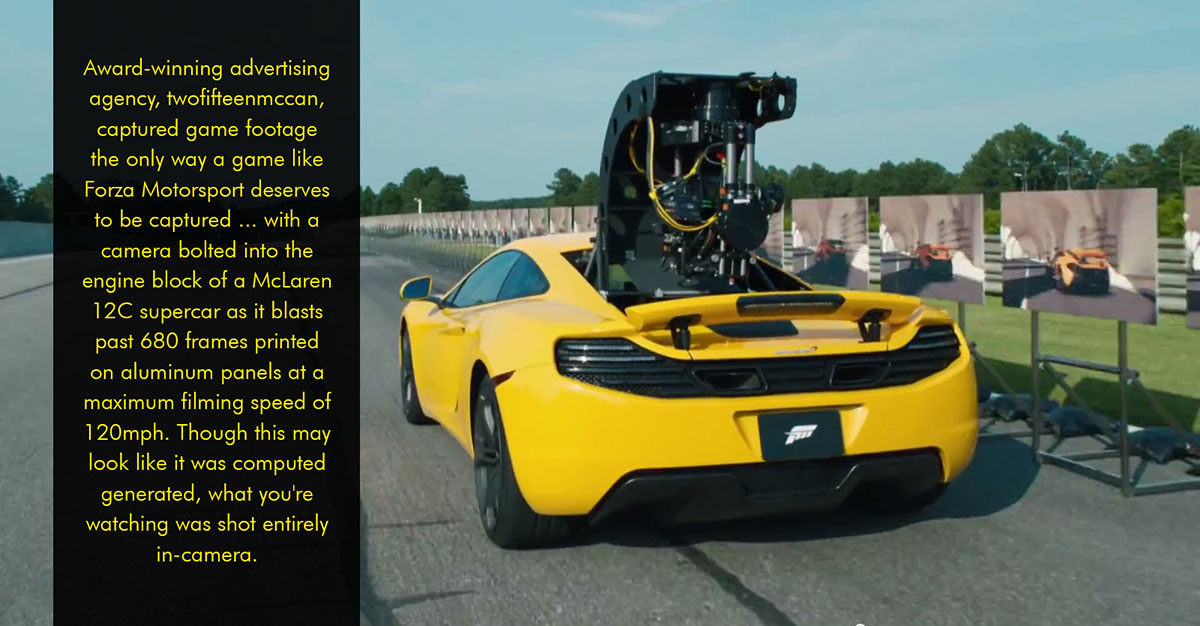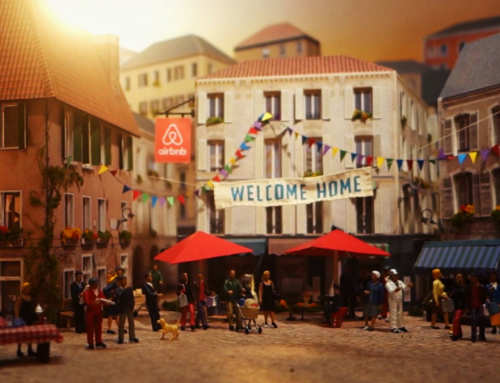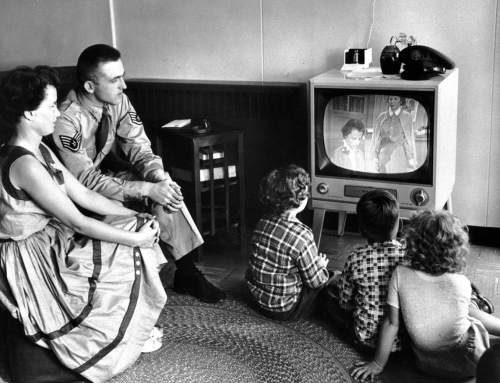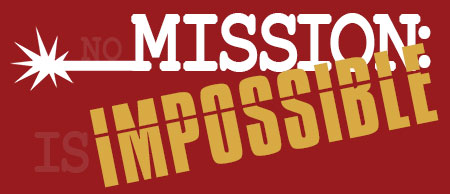Forza FilmSpeed – How To Turn A Racetrack Into A Filmstrip
The quality of animation in video game development has significantly progressed over the years to the point of photo realism. To the untrained eye, it is quite difficult to distinguish what is real and what is not. This seems to hold particularly true with the motor sport and racing genre of video games, where the game is based entirely of recreating cars and terrain while also having some freedom from the burden of creating life-like human characters.
So when it came time to promote Forza Motorsport 5, San Francisco-based agency twofifteenmccann had decided to do something completely different and out of the ordinary. They captured game footage the only way a game like Forza Motorsport deserves to be captured… By turning a racetrack into a living filmstrip, bolting a Phantom Flex camera to the engine block of a McClaren12C supercar, and enlisting pro driver Tanner Foust to blast past 680 frames of printed aluminum panels at a maximum filming speed of 120mph. The result is Forza FilmSpeed, a two-minute film that brings the game to life in the real world.
“The fidelity and realism of games has gotten to the point that it’s harder to get much more impressive and we were trying to find a way to bring the beauty, realism and excitement of this game to life in the real world,” says twofifteenmccann Chief Creative Officer Scott Duchon. “So we started thinking, ‘Can we have a racecar with a camera mounted on it and, by the speed of the car, create the effect that the video game comes to life, kind of like a zoetrope? If you line up a bunch of stills from the game along the track, can we bring those two worlds together?” Let’s take a look at their concept behind this project…
Having a great idea was one thing, however, the real question became, was it possible? Looking for expertise, the agency turned to director Jeff Zwart who is known for his extensive experience shooting car commercials. Zwart is also an accomplished and active racecar driver and his intimate knowledge of the Barber Motorsports Park, where the commercial was to be shot, helped determine how to make the concept work.
Zwart knew there were three straight-aways and the top speed a driver could safely maintain on each stretch considering the fact that he had recently raced on that track. “What we were being asked to do is turn a camera inside out. This was a case where the film was actually outside the camera, literally sitting next to the track. So it boiled down to math,” he says. “We needed to figure out how to take single images from the game footage and lay them out next to the track so that as you drove past them they would animate in to the game footage. It came down to three things that we had to consider: the size of the pictures we drove past, how fast the camera on the car was going to run per second, and what speed we needed to travel to capture all of this.”
His first test was to drive past test frames at 100 mph to determine how much distance was covered in one second. Animation runs at a frame rate of 30fps (frames per second). So the information that needed to be determined was how large to create each frame and what the distance was between them. “The faster the driving speed, the larger the printed frame needed to be,” says Zwart. “As long as we could drive past them at 30 of these frames in one second it would lock in and work.”
The process of filming this spot was truly like no other. Zwart placed the still frames in such a way that allowed the car to do full laps, providing a different background for each shot and using each of the three straight-aways to the fullest. Since “getting the shot” involved driving full speed past the frames, the results were varied.
“We had to drive basically flat-out around the track to get to the speed with all the equipment and myself in the car. Then we’d have to hold it for as long as you possibly could,” says Zwart, noting the addition of considerable weight to the carbon fiber car altered its usual performance. “It’s one thing to hit the speed, it’s another thing to hold the speed.” If the car passed the frames too fast or too slow, the image captured by the camera would be blurred and would seem to drift either right or left. The car’s speed also determined how much footage was captured with each pass. “Sometimes, if we didn’t get a good exit out of the corner or we tried some other variable, we’d only capture two seconds of game footage. Other times, if it was perfect exit, we could hold for the length of the run,” he says.
Let’s take a look at the end result of their efforts…
The goal was to capture the most perfect footage possible in this very unique way. Still, Duchon says some of the unavoidable imperfections added to the charm of the finished film and cemented the fact that it was all filmed completely in-camera. “When the camera locks into the speeds that you need for the animations to come to life, there’s a little back and forth with the frame. And we like that because it shows how real it is,” he says. “There were concerns that we’re showcasing a video game–does it have to be pristine and beautiful and be full frame for the client? Fortunately they understood that to see some of the edges around it made it believable.”
And it had to be believable. “It’s really important in my work that things are real,” says Zwart, which is why he was willing to push the limits of driving in order to make the idea work as imagined. “It was quite an exciting shoot just from the standpoint that we needed to drive 10/10 most of the time. Math can’t lie and you had to hit certain speeds, and the only way you could improve on it was by driving better,” says Zwart, admitting it was the most technical shoot he’d ever done. “It was a tug-of-war sometimes trying to get as much footage as you could without sending the car off the track.”









Leave A Comment